Figures & data
Figure 1. Knowledge ladder according to North.
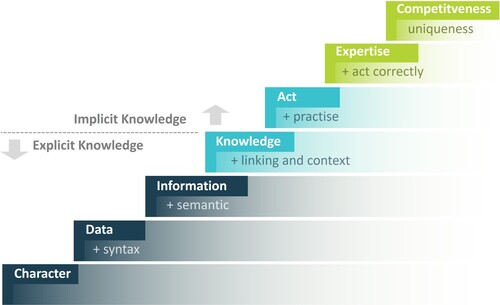
Figure 2. Notation for classes and instances used in the scope of this paper.

Figure 3. Annual number of Scopus-listed studies on ontologies in production with a focus on engineering and computer science, survey date mid-2023.
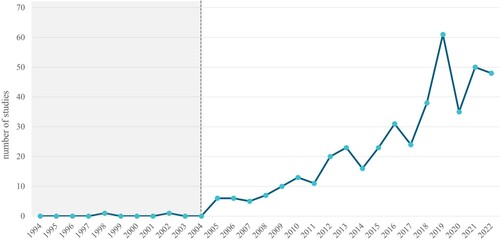
Figure 4. 12 ontologies from the production domain and the comparison of the model contents according to the BFO elements.
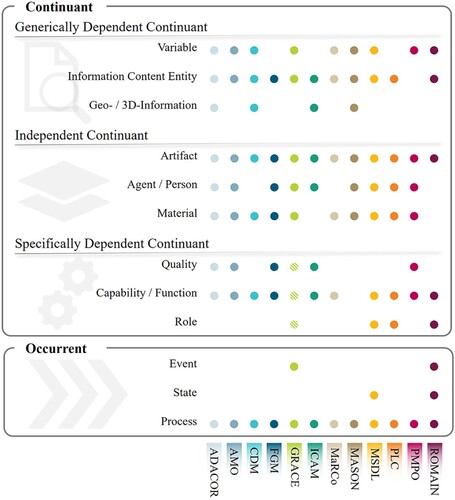
Figure 5. Abstract relationship between knowledge model and data instantiation for integration and use in a software application.

Figure 6. Overview of the central concept elements of the ROXANA ontology; version one using the BFO standard and the CCO references.
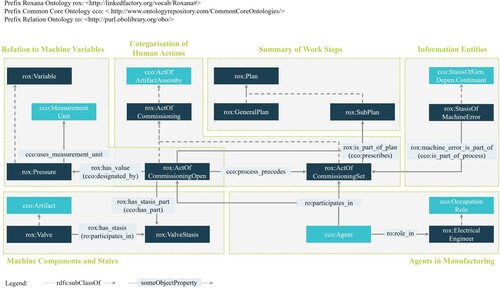
Figure 7. Categorisation of human activities in commissioning as subclasses of ‘ActOfCommissiong’; version one, based on the BFO and CCO taxonomy.
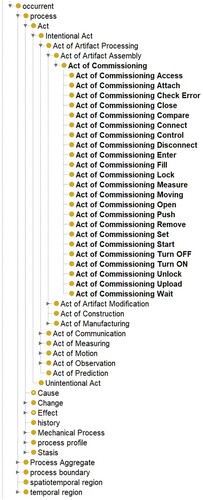
Figure 8. Specification of the IOF Core class taxonomy around material machine components; on the right the subclasses under ‘PieceOfEquipment’ in ROXANA and on the left the original IOF Core differentiation.
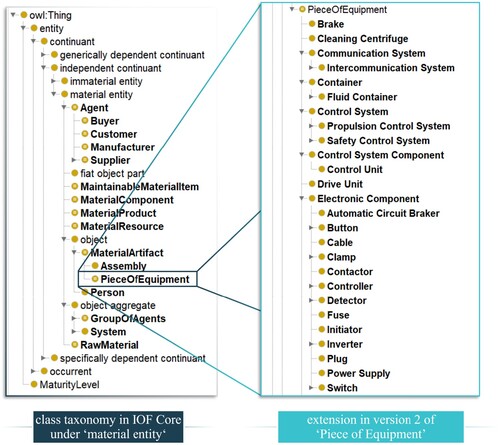
Figure 9. Abstract concept representation of the ROXANA ontology with labelling of used concepts of the IOF Core reference and the BFO standard in a block representation.
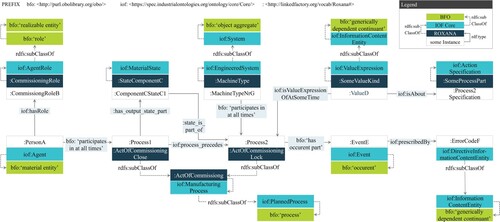
Figure 10. Overview of the mapping of object relations in the taxonomy; version one based on BFO and CCO; version two based on the IOF Core building on the BFO structure.

Figure 11. The class taxonomy under ‘occurrent’ with ROXANA specifications of manual commissioning steps in bold; version two, based on the IOF Core taxonomy.
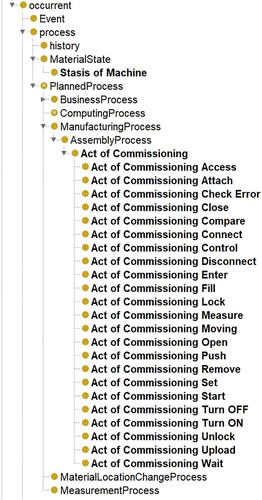
Figure 12. Excerpt from GraphDB with SPARQL query and the associated results for determining the temporal precedence relationship of machine errors; with ROXANA version one.
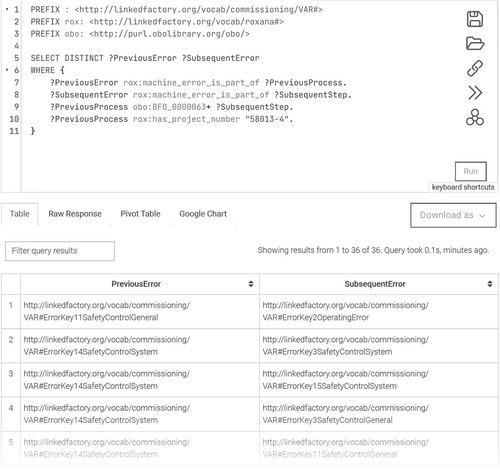
Figure 13. Extract from GraphDB with SPARQL query and the associated results for determining the sub-steps associated with a plan, including states of material artifacts as incoming or outgoing parts; with ROXANA version two.
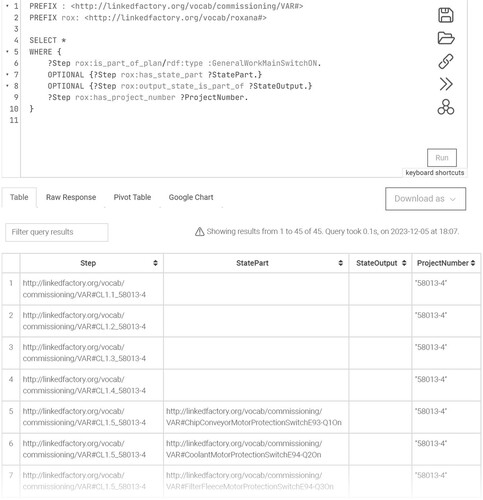
Figure 14. Extract from GraphDB with SPARQL query and the associated results for determining which steps (previous step) create the prerequisite of the state components for a subsequent process step; with ROXANA version two.
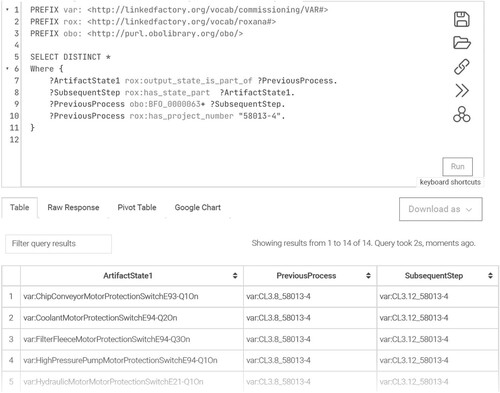
Data availability statement
The ROXANA ontologies, as well as instructions and notes, are available on the public GitHub repository. The ontology also contains annotations as definitions, comments, and practical examples. The company-specific documents on the commissioning process itself cannot be made public due to confidentiality obligations and to protect the competitiveness of the companies.
